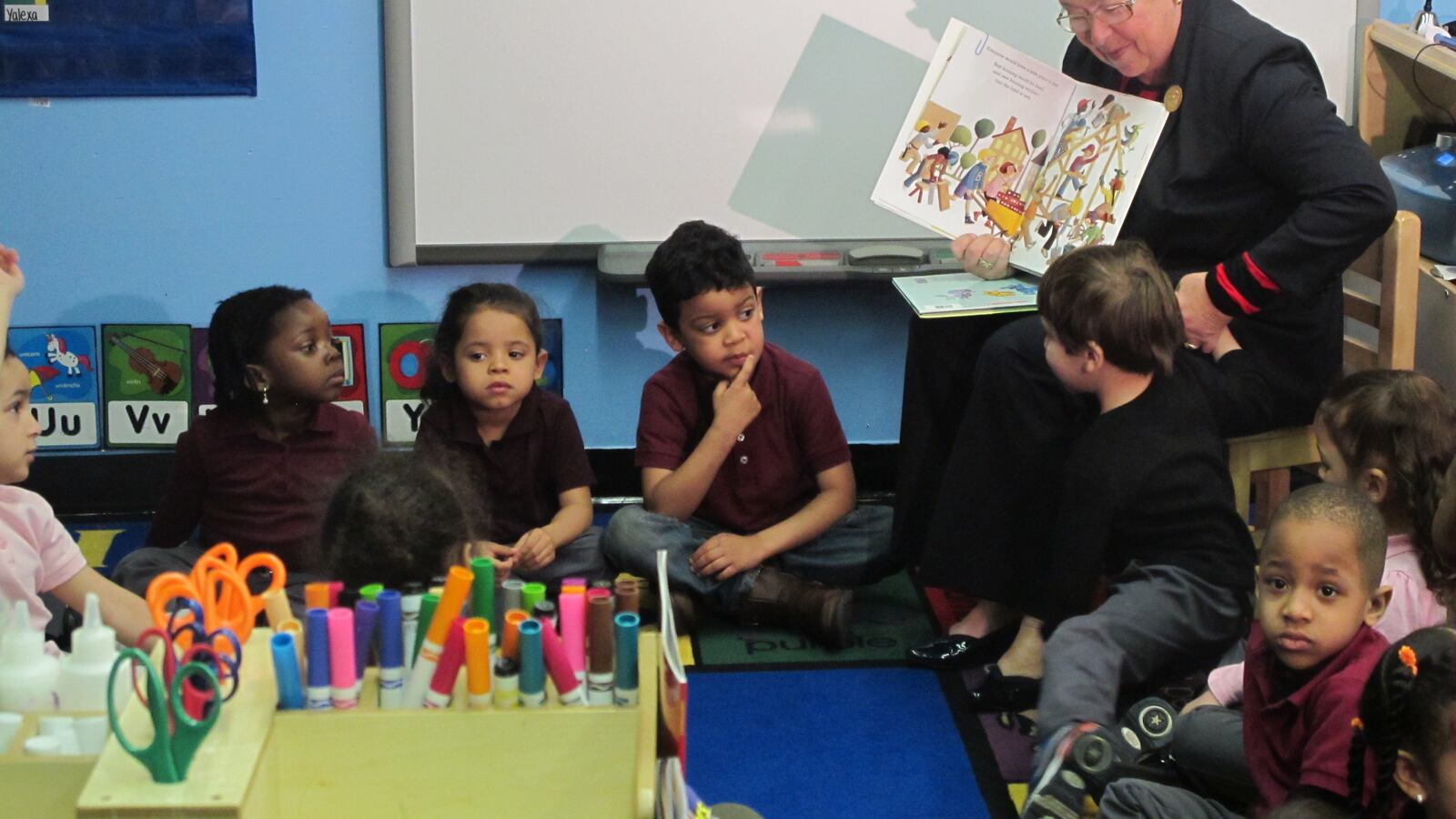New York City’s worsening homelessness crisis is taking a punishing toll on tens of thousands of students.
That was the theme of a City Council hearing Thursday where lawmakers questioned education department officials about how they are supporting the more than 86,000 district and charter school students who live in temporary housing — a 25 percent increase since 2010. Of those students, over 23,000 live in homeless shelters.
“This is a call to action,” said Councilwoman Vanessa Gibson, whose South Bronx district has an especially high rate of student homelessness. “A cry for help.”
In response, officials announced a major new initiative: They are now sending yellow buses to pick up thousands of additional students who live in shelters. The idea is to keep those students from having to switch schools even if they move into a distant shelter, as well as to spare them from long morning commutes on mass transit.
The service will reach 2,500 students in kindergarten through sixth grade, officials said. To offer it, the city created 189 new bus routes, which will transport kids to some 750 schools.
In addition to the bus-service announcement, several other striking facts about the city’s homeless students emerged at the hearing. Here are four big takeaways.
1. Homelessness is seriously harmful to children.
Whether a child is staying in a homeless shelter, “doubled up” in an apartment with multiple families, or sleeping outside, the consequences can be grave.
Homeless children go hungry at twice the rate of other children, get sick four times more often, and are three times more likely to suffer from emotional and behavioral problems compared to children who live in stable housing, according to research cited at the hearing.
Those students often struggle in school. Students living in shelters were far more likely than their peers to miss school and to be suspended, according to an analysis of 2013-14 school year data by the city’s Independent Budget Office.
Only about one in ten of those students passed the 2014 state English exams, the analysis found, compared to about 30 percent of students who live in permanent housing.
2. Homelessness hits some students harder than others.
The vast majority of students living in shelters are black or Hispanic, while most of those in shared housing are Hispanic or Asian.
Young students are most likely to be homeless. More than a third of the city’s homeless students were in pre-kindergarten through second grade in the 2013-14 school year.
Homeless youth living on their own face especially serious risks, as do lesbian, gay, bisexual, and transgender young people who are homeless. The LGBT population accounts for a disproportionate number of homeless youth, and they are at a greater risk of bullying, sexual assault, HIV infection, and mental health problems.
3. It also hits some schools harder than others.
Most homeless students are clustered in a small number of schools.
In 2013-14, just one-third of city schools served nearly 70 percent of all students who live in shelters or shared housing, according to the IBO.
Those schools, however, do not necessarily get extra funding to meet those students’ many needs. Instead, all schools that receive federal Title I money because they serve a large share of high-needs students are told to set aside $100 of that funding for each student in temporary housing, according to the IBO.
But that “$100 could not be stretched beyond a school uniform, sweatshirt, or backpack,” the IBO’s education policy analyst Liza Pappas said at the hearing.
4. “Temporary” housing can be anything but.
The IBO found that many students living in shelters or doubled-up housing had been staying there for more than one year.
About two-thirds of students living in a shelter in 2013-14 had been in that same situation for at least one of the previous three school years, according to the IBO. For students in shared housing, the rate was 62 percent.
“The data suggest that for at least some students,” Pappas said in her testimony, “these ‘temporary’ housing arrangements are long-lived.”
Fabiola Cineas contributed reporting.

